Luscious Cream Cheese Cake Recipe: A Dreamy Dessert Delight
Whipping up a delectable cream cheese cake can transport you to dessert heaven with minimal effort.
Sweet secrets hide within this creamy delight that melts perfectly on your tongue.
Professional bakers and home cooks alike adore this simple yet luxurious treat.
Smooth textures and rich flavors combine to create a memorable experience for every palate.
Delightful ingredients blend seamlessly, promising a dessert that looks impressive but requires surprisingly little skill.
Soft, decadent, and irresistibly smooth, this cake will become your new go-to celebration centerpiece.
You’ll want to slice into this heavenly creation and savor every single bite.
Classic Cream Cheese Cake That Will Steal the Show
Key Ingredients for a Creamy and Silky Cream Cheese Cake
Base:Filling:Optional Garnish:Baking Instructions to Achieve the Perfect Cream Cheese Cake
Step 1: Warm Up the Oven
Fire up your oven to 325F (163C). Grab your 9-inch springform pan and give it a light coating of butter or cooking spray to prevent sticking.
Step 2: Create a Crumbly Crust
Crush graham crackers into fine crumbs. Melt butter and mix thoroughly with the cracker crumbs.
Press this mixture firmly into the bottom of the prepared pan, creating an even base for your cheesecake.
Step 3: Whip Up the Creamy Filling
In a large mixing bowl, beat cream cheese until it becomes silky smooth.
Gradually add sugar and continue beating until the mixture is light and fluffy with no lumps.
Step 4: Incorporate Eggs and Flavor
Add eggs one at a time, mixing well after each addition.
This helps create a smooth, velvety texture. Gently stir in:Blend until all ingredients are fully combined and the mixture looks perfectly creamy.
Step 5: Bake to Perfection
Pour the cream cheese mixture over the prepared graham cracker crust. Slide the pan into the preheated oven and bake for 40-45 minutes.
The cake is ready when the center is almost set but still has a slight wobble.
Step 6: Chill and Serve
Remove the cheesecake from the oven and let it cool completely at room temperature.
Refrigerate for at least 4 hours or overnight. This helps the cake set and develop its rich, creamy texture.
Slice and serve chilled for the most delightful dessert experience.
Pro Tips for Smooth and Fluffy Cream Cheese Cake Every Time
Delicious Twists to Elevate Your Cream Cheese Cake Experience
Serving Suggestions to Impress with Cream Cheese Cake
How to Store Cream Cheese Cake for Maximum Freshness
FAQs
The crust is made from graham cracker crumbs mixed with melted butter, creating a classic, sweet, and crunchy base for the creamy cheesecake.
Yes, you can substitute regular cream cheese with low-fat cream cheese, but the texture and richness might slightly change compared to the original recipe.
The cheesecake is done when the center is almost set but still slightly jiggly. It will continue to set as it cools, so avoid overbaking.
Adding eggs one at a time helps prevent lumps and ensures a smooth, creamy texture by allowing each egg to fully incorporate into the cream cheese mixture.
Print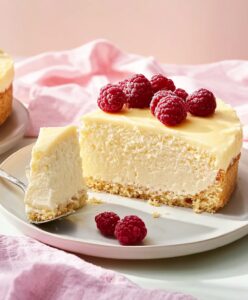
Best Cream Cheese Cake Recipe
- Total Time: 1 hour 5 minutes
- Yield: 8 1x
Description
Classic cream cheese cake marries rich Philadelphia cream cheese with delicate graham cracker crust in a heavenly dessert. Silky smooth textures and balanced sweetness make this cake a perfect centerpiece for gatherings where friends celebrate delicious moments together.
Ingredients
Main Ingredients:
- 2 packages (8 ounces) cream cheese, softened
- 2 large eggs
- 3/4 cup granulated sugar
Crust Ingredients:
- 2 cups graham cracker crumbs
- 1/2 cup (113 grams) unsalted butter, melted
Additional Ingredients:
- 1 teaspoon vanilla extract
- 1/2 cup sour cream
Instructions
- Prepare the oven at 325F (163C) and coat a 9-inch springform pan with a light layer of grease to prevent sticking.
- Combine graham cracker crumbs with melted butter, pressing the mixture firmly and evenly across the bottom of the prepared pan to create a solid foundation.
- Using an electric mixer, blend cream cheese and sugar until the mixture becomes silky and free of lumps, ensuring a smooth texture.
- Incorporate eggs individually into the cream cheese mixture, thoroughly blending after each addition to maintain a consistent consistency.
- Gently fold in vanilla extract and sour cream, stirring until ingredients are fully integrated and the batter appears uniform.
- Carefully transfer the batter onto the prepared graham cracker crust, spreading it evenly to ensure a level surface.
- Place the cheesecake in the preheated oven and bake for 40-45 minutes, watching for a slight jiggle in the center that indicates proper doneness.
- Remove from oven and allow the cheesecake to cool completely at room temperature, which helps prevent cracking.
- Refrigerate the cooled cheesecake for a minimum of 4 hours, preferably overnight, to set and develop a rich, creamy texture before serving.
Notes
- Softening cream cheese at room temperature ensures a smooth, lump-free batter that blends perfectly.
- Avoid overmixing the batter to prevent air bubbles that can cause cracking during baking.
- Use a water bath (place the springform pan in a larger pan with hot water) to create a more even, gentle baking environment and prevent surface cracks.
- For a gluten-free version, swap graham cracker crumbs with crushed gluten-free cookies or almond flour to accommodate dietary restrictions.
- Prep Time: 20 minutes
- Cook Time: 45 minutes
- Category: Desserts
- Method: Baking
- Cuisine: American
Nutrition
- Serving Size: 8
- Calories: 444
- Sugar: 27 g
- Sodium: 254 mg
- Fat: 34 g
- Saturated Fat: 20 g
- Unsaturated Fat: 13 g
- Trans Fat: 0.5 g
- Carbohydrates: 27 g
- Fiber: 1 g
- Protein: 7 g
- Cholesterol: 95 mg

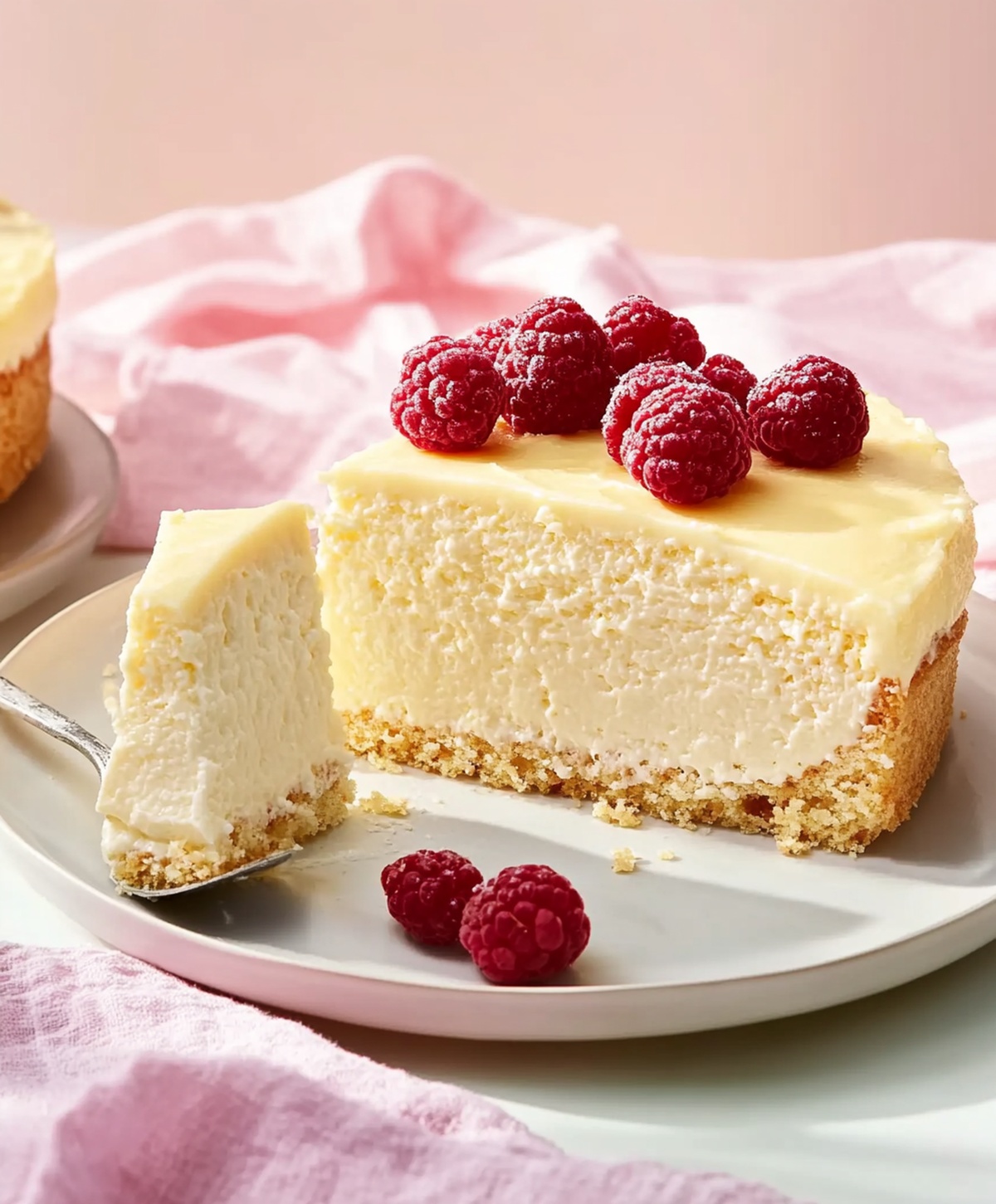
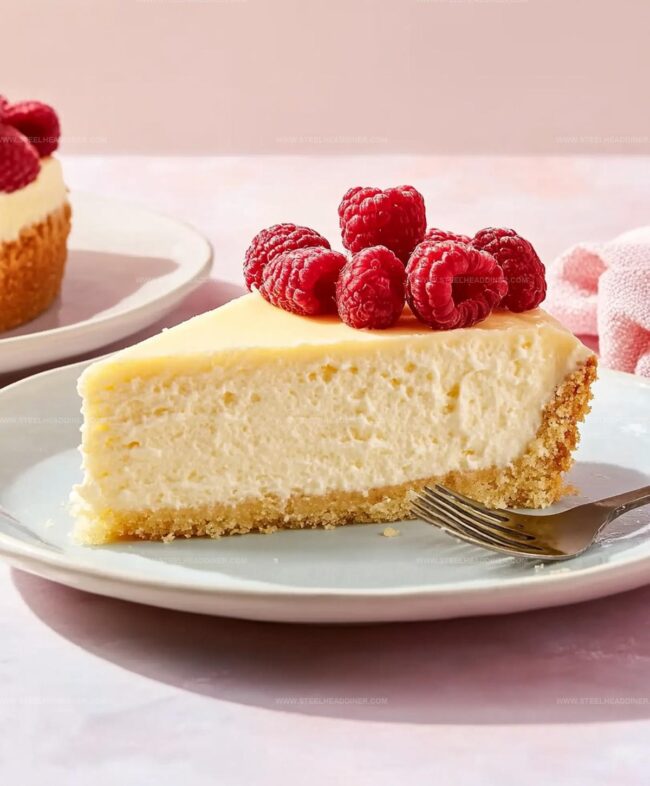
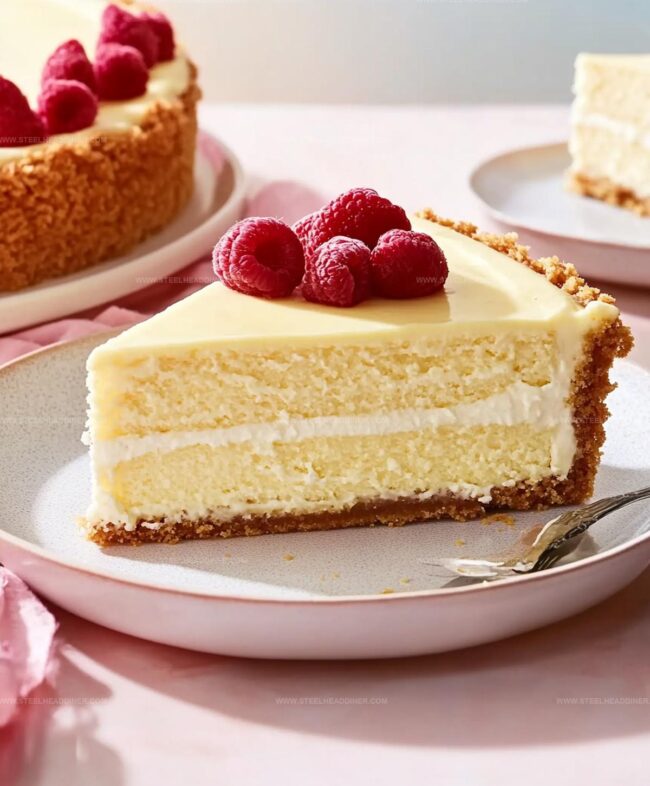
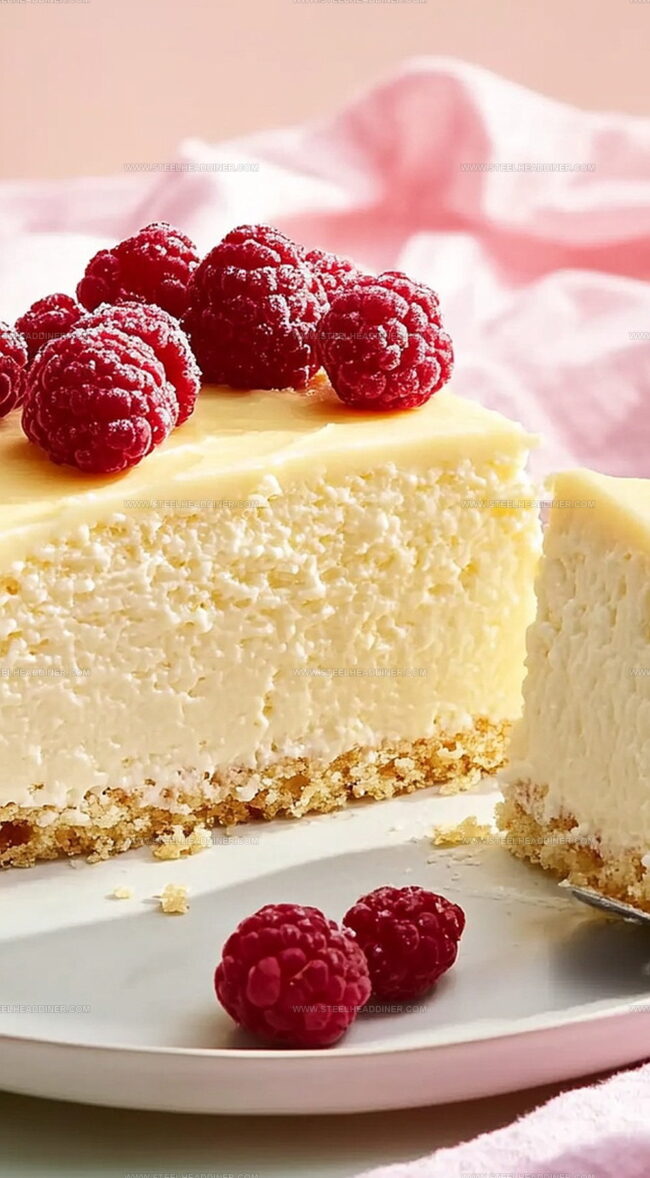

Jack Monroe
Founder & Recipe Innovator
Expertise
Pacific Northwest cuisine, Single-serving recipe development, Sustainable sourcing and cooking, Modern comfort food
Education
Brightwater
Associate of Applied Science in Culinary Arts
Focus: Sustainable cooking, seasonal ingredients, and food systems education
Jack grew up with a fishing rod in one hand and a cast-iron skillet in the other. After graduating from Brightwater: A Center for the Study of Food, he set out to prove that cooking for one could still taste like a feast.
Jack believes that food should feel real: fresh, fearless, and a little wild, just like the rivers he grew up around. For Jack, every single dish is a small adventure, and the best ones are the ones you can cook with heart, not hassle.